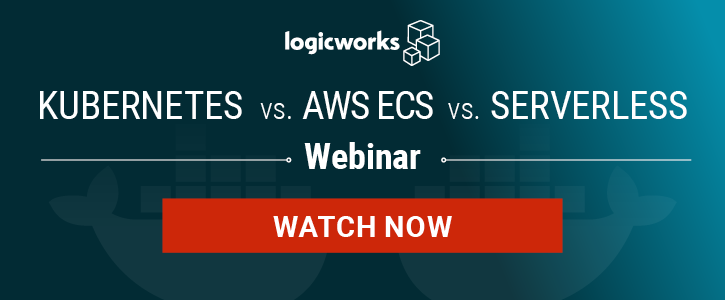

Docker for Windows works obviously only on Windows and even there it has some extra requirements.

Notice that Minikube is available in all major platforms (Windows, Mac, Linux). We are evaluating these solutions and providing a short comparison based on ease of installation, deployment, and management. There are several ways to run a Kubernetes cluster locally and in this article, we will examine the following solutions for Windows (future blog posts with cover Linux and Mac):Ī local machine Kubernetes solution can help developers to configure and run a Kubernetes cluster in their local development environments and test their application during all development phases, without investing significant effort to configure and manage a Kubernetes cluster. Sometimes, however, the need for a cluster that is running locally is imperative especially when it comes to integration tests or any other scenario where the local environment must represent the production one.

DOCKER SWARM VS KUBERNETES 2019 PRICE FULL
In most cases, a well-designed 12-factor application can be developed locally without the need for a full cluster. The second challenge for Kubernetes adoption is the way developers work locally on their workstations. Thankfully this challenge is already solved using the native Codefresh-Kubernetes integration that also includes the GUI dashboard, giving you a full status of your cluster. The first one is the adoption of Kubernetes deployments as an integral part of your Continuous Delivery pipelines. Moving your application into a Kubernetes cluster presents two major challenges.
DOCKER SWARM VS KUBERNETES 2019 PRICE FOR MAC
Update: the third part of the series for Mac is also available Update: the second part of the series for Linux is also available


 0 kommentar(er)
0 kommentar(er)
